14 Renaissance Masters: Discover the Geniuses Who Rewrote Art History
What do a viral meme and the Renaissance have in common? Both can take a seemingly ordinary moment—whether it’s a selfie or a fresco of a flying baby angel—and turn it into something everyone wants to share . “Sharing is caring!” isn’t just a modern mantra; I’d wager if Leonardo had Twitter, we’d have all been retweeting his sketches before he even finished them . The Renaissance, though, well, it was the original share-worthy explosion—social media before the ‘media’ bit showed up . Artists didn’t just paint; they invented, built, scribbled notes on anatomy, and, basically, made sure nobody else was getting any attention at Sunday dinner .
Looking at the sheer genius packed into those centuries, I sometimes wonder: if Renaissance creators had smartphones, would the Mona Lisa be a filter or would Michelangelo’s David have a #NoPants trend to his name ? The thing is, it’s almost impossible (and just a little unfair) to crown the “greatest” artist when everyone wielded a brush, a chisel, and the power to blow minds . Still, I’ve found a way to serve you a dazzling highlight reel—14 of the most influential artists who rewrote the rules and, honestly, gave us the original FOMO .
Let’s face it—if you’re craving creative inspiration, or just want a great story about genius ideas (and hopefully a renaissance in your group chats), you’re in exactly the right spot . LEARN MORE
The Renaissance, often hailed as one of the most transformative periods in human history, gave rise to an unparalleled explosion of creativity. For anyone who’s stood before the Sistine Chapel or marveled at the details of a Botticelli painting, the sheer brilliance of this era is undeniable. It was a rebirth of ideas, innovation, and expression that reshaped the Western world.
But with so much talent emerging during this golden age, how do you even begin to pick the greatest artists? After all, the Renaissance spanned centuries and encompassed artists with vastly different styles and achievements. From the meticulous realism of Dutch painters to the bold experiments of Italian sculptors, the breadth of work is astonishing. And let’s not forget, some of these artists were also inventors, architects, and scientists, blurring the lines between disciplines.
This list highlights 14 of the most influential Renaissance artists, balancing their artistic genius with the impact they had on the culture of their time. While opinions on greatness may vary, there’s no denying that these artists changed the course of history with their work.
1. Leonardo da Vinci

Photo Credit: Depositphotos.com.
Leonardo da Vinci is often synonymous with the Renaissance itself. A true polymath, his contributions went beyond painting to include anatomy, engineering, and even early aeronautics. His most famous works, like the Mona Lisa and The Last Supper, showcase his mastery of realism and emotion.
Da Vinci’s sketches and notebooks reveal a mind constantly questioning the world. From detailed studies of human anatomy to designs for flying machines, his curiosity knew no bounds. It’s this insatiable thirst for knowledge that makes him a cornerstone of Renaissance brilliance.
2. Michelangelo Buonarroti

Photo Credit: Attributed to Daniele da Volterra – Miguel Ángel, por Daniele da Volterra – El disidente at Wikimedia Commons. – Public Domain/Wiki Commons.
Michelangelo’s name evokes images of grandeur and power. As the artist behind the Sistine Chapel ceiling and the statue of David, his work is celebrated for its emotional intensity and technical perfection. He was a sculptor first, but his paintings are equally monumental.
Michelangelo’s art often grappled with themes of divinity and human struggle, reflecting his deep faith and philosophical inquiries. His ability to breathe life into marble and paint cemented his status as a giant of the Renaissance.
3. Raphael Sanzio

Photo Credit: Raphael – Public Domain/Wiki Commons.
Raphael is often described as the “Prince of Painters” for his harmonious and elegant compositions. His frescoes in the Vatican, especially The School of Athens, are celebrated as masterpieces of balance and perspective.
Unlike some of his contemporaries, Raphael’s work exudes a sense of calm and grace. His portraits and Madonnas capture an idealized beauty, making his art universally admired.
4. Sandro Botticelli

Photo Credit: Sandro Botticelli – Public Domain/Wiki Commons.
Botticelli’s ethereal paintings, like The Birth of Venus and Primavera, are icons of Renaissance art. His work blends classical mythology with an otherworldly beauty that feels timeless.
Though his popularity waned after his death, Botticelli’s influence has resurged in modern times. His ability to weave narrative and symbolism into stunning compositions sets him apart as a visionary.
5. Titian (Tiziano Vecelli)

Photo Credit: Museo Nacional del Prado online – Public Domain/Wiki Commons.
As a master of color and portraiture, Titian dominated Venetian art during the Renaissance. His works, such as Assumption of the Virgin and Venus of Urbino, showcase his innovative use of vibrant hues and textures.
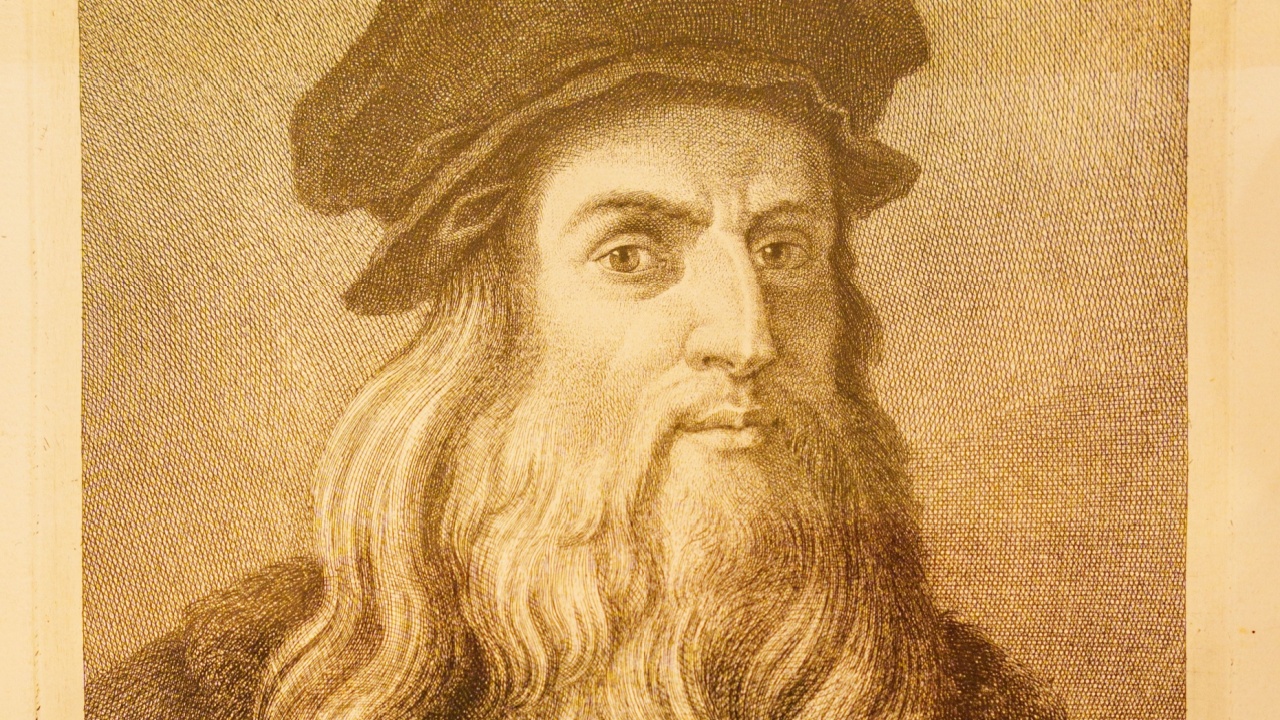





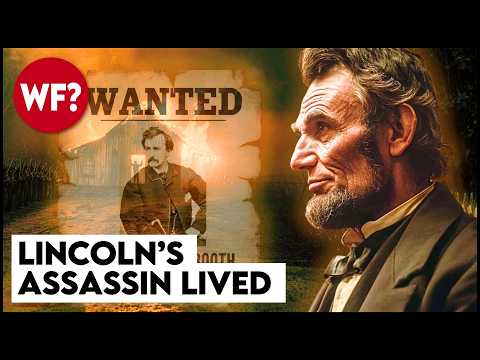
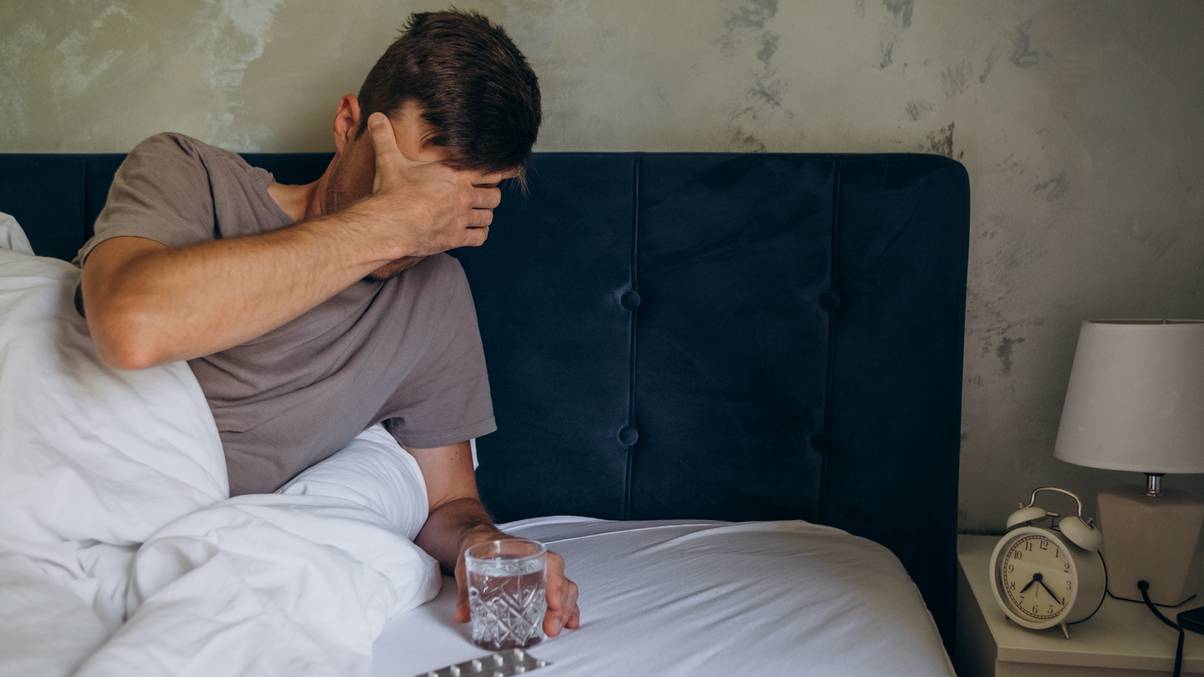
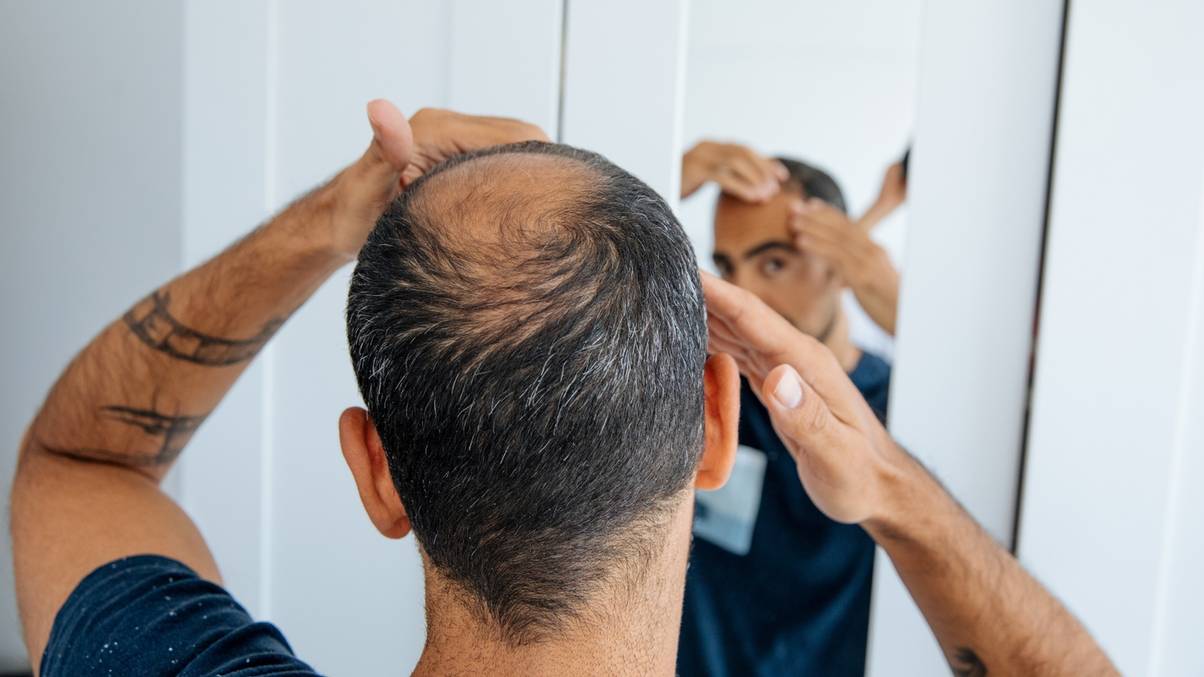
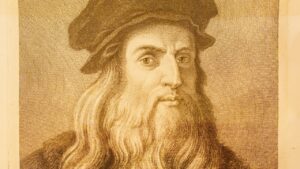





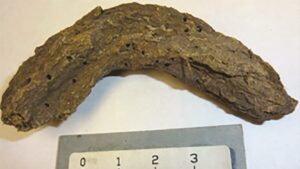



Post Comment